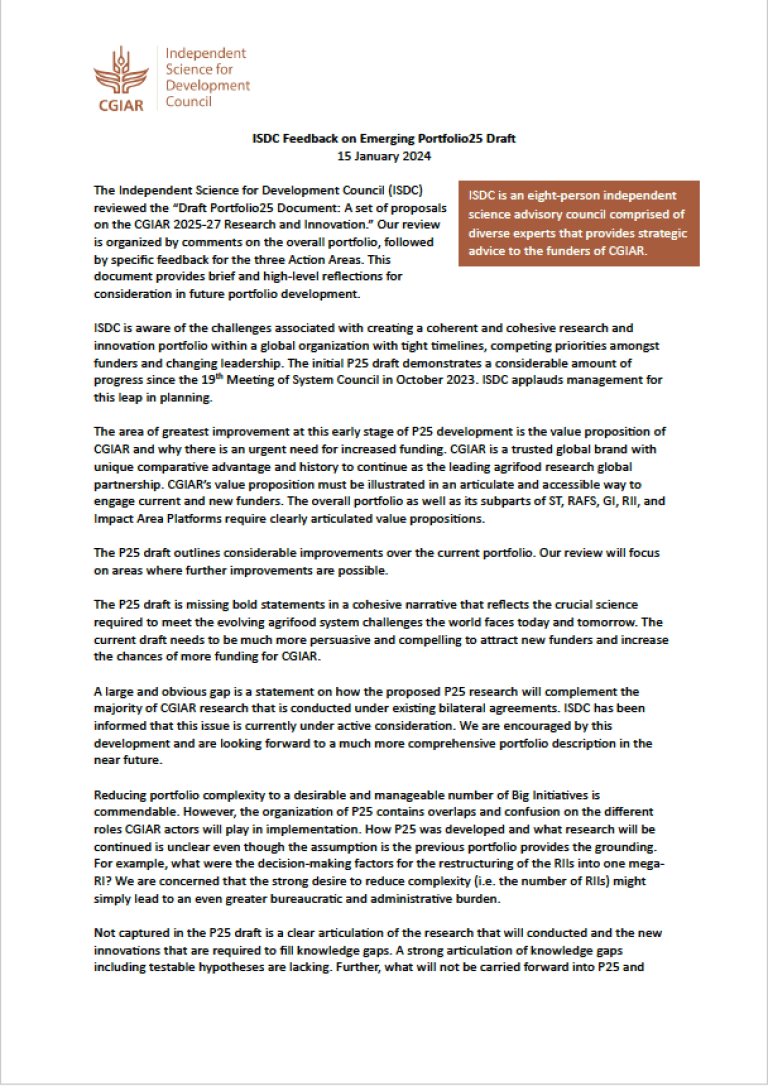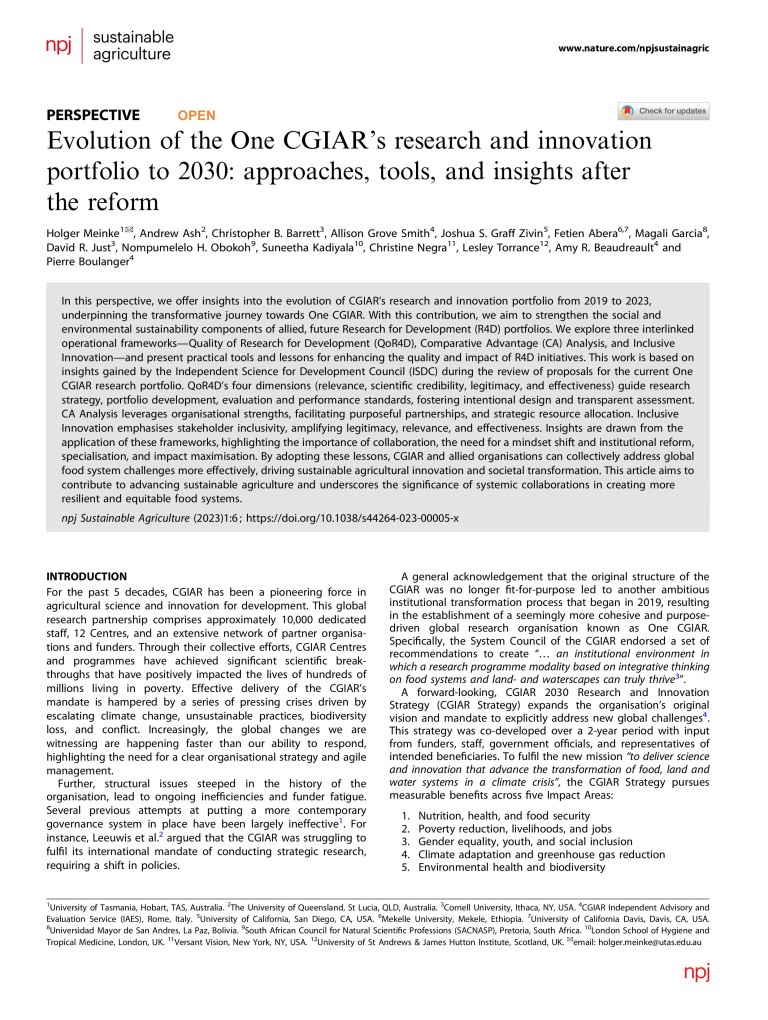Abstract
Agricultural and food systems in the next 20 to 30 years will face substantial change. Numerous forces such as demographic waves, technological change, disease, climate change, and economic and political shifts will change what is grown by whom, how it reaches consumers, and what is consumed by whom. If current trends continue, malnutrition is expected to increase, poverty will likely worsen for some individuals, and some populations will face increased vulnerability (FAO 2018a; WEF 2017; Willett et al. 2019). At the same time, the agri-food system (AFS) can be harnessed to decrease poverty, improve nutrition, and improve gender equality, among other positive outcomes.
The objective of this document is to synthesize existing agriculture and food foresight studies. It conducts an analysis to identify common and rare themes across three foresight methods: (1) anticipated trends and drivers impacting agricultural and food systems, (2) variations in agricultural and food system scenarios, and (3) visions for future agricultural and food systems.
This review evaluates the prospective effects with regard to three One CGIAR impact areas: gender,1 poverty, and nutrition. For the purpose of this study, the desired impacts are improved gender equality (equity), decreased poverty, and reduced malnutrition in all its forms, with special attention to efforts to enhance diet quality (in contrast to primarily expanding caloric availability).
Citation
Lentz, E. (2020). Food and Agriculture Systems Foresight Study: Implications for Gender, Poverty, and Nutrition. Rome: CGIAR Independent Science for Development Council (ISDC)
Author(s)
Lentz, E
Publisher
Independent Science for Development Council (ISDC).





